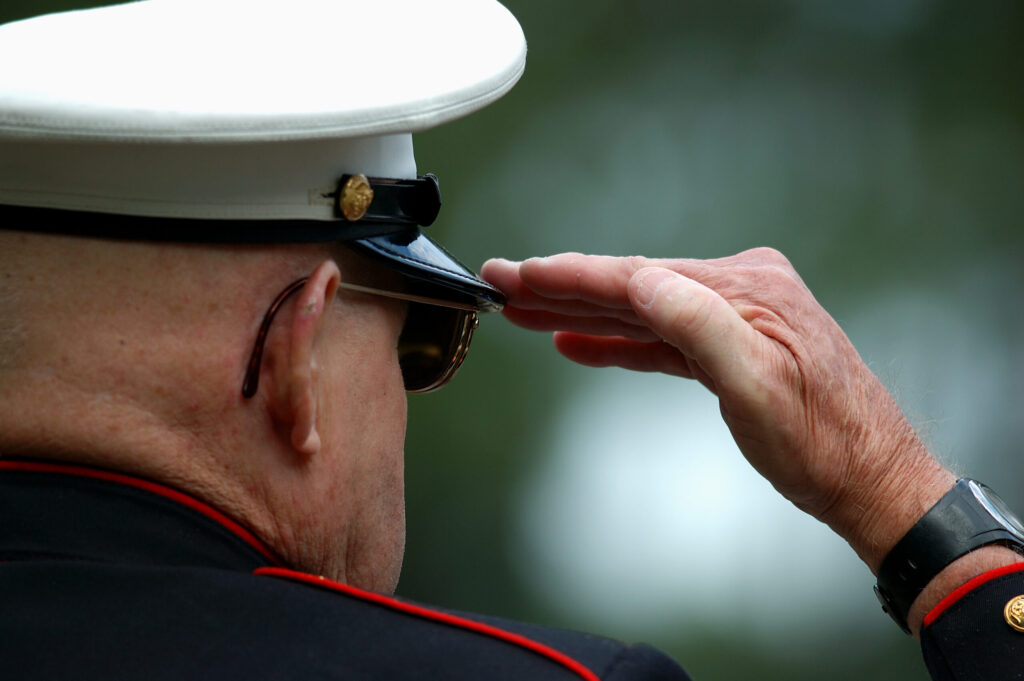
Hospice for Veterans with PTSD
By: Portia Wofford
After dedicating their lives to our nation, our nation’s veterans often face difficulty as they near the end of their lives. While every veteran has different needs, those with post-traumatic stress disorder (PTSD) face unique challenges. PTSD, sometimes known as combat stress or shell shock, often occurs after a person experiences severe trauma or a life-threatening event.
According to the U.S. Department of Veteran Affairs, the number of Veterans with PTSD, in any given year, varies by service era:
- Operations Iraqi Freedom and Enduring Freedom. About 11-20%
- Gulf War (Desert Storm). About 12%
- Vietnam About 15% were diagnosed at a time of a study in the 1980s. It’s estimated that about 30% have had PTSD in their lifetime
It’s becoming increasingly more evident that veterans have a greater need for quality end-of-life care. Hospice care is a benefit that the VA offers to qualified veterans in the final phase of their lives.
Understanding Symptoms of PTSD in Veterans
Dangerous or life-threatening experiences such as combat can cause veterans to relive frightening events. These experiences cause feelings of uneasiness, anger, irritability, or anxiety. While it’s normal to be alarmed by unsettling memories, veterans with PTSD may experience these symptoms for more than a few months. Additionally, they may have difficulty sleeping, experience nightmares, and feel on edge. The veteran may also lose interest or find it extremely hard to participate in everyday activities. Other symptoms include:
- Recurrent, intrusive reminders of the traumatic event
- Extreme avoidance of people or places
- Negative changes in attitude, mood, and personality
- Emotionally reactive to people, places, or situations that remind them of the traumatic event
Ways to Alleviate PTSD in Veterans
When providing hospice care for veterans with PTSD, there are several considerations for the hospice team. Some symptoms of terminal illnesses, like severe pain, shortness of breath, and anxiety, may trigger flashbacks or nightmares. Additionally, opioid pain medication can make PTSD symptoms worse. The hospice team will collaborate with the patient’s healthcare team to prescribe the appropriate and most effective medication regimen. The hospice team will work with the veteran’s physician, social worker, and other interdisciplinary team members to create a plan of care. This plan of care may include:
- Connecting with others
- Staying social
- Personalized medication and treatments
- Personalized and effective non-pharmacological treatments
- Professional social, emotional, and mental support
How Can Hospice Help Veterans?
Veterans are eligible for hospice care if enrolled in benefits and meet medical needs for hospice (terminal illness with a prognosis of six months or less). As of 2019, because of the VA Mission Act, Veterans now have increased access to more community healthcare options. Those who must drive 30 minutes or more to a VA provider or 60 minutes for specialty care may choose a provider closer to home.
Hospice uses a multi-disciplinary team approach to support and provide Veterans with end-of-life treatment. The team works closely with the VA and can provide support and treatment in the home. Hospice offers the veteran and caregivers:
- 24/7 on-call care
- Medical equipment and supplies
- Pain and symptom management
- No co-pay for hospice care
- Collaboration with the entire medical and healthcare team
- Social workers
- Spiritual and emotional support
- Grief counseling
- Medication management
- Nurses
- Hospice aides
- Case managers


